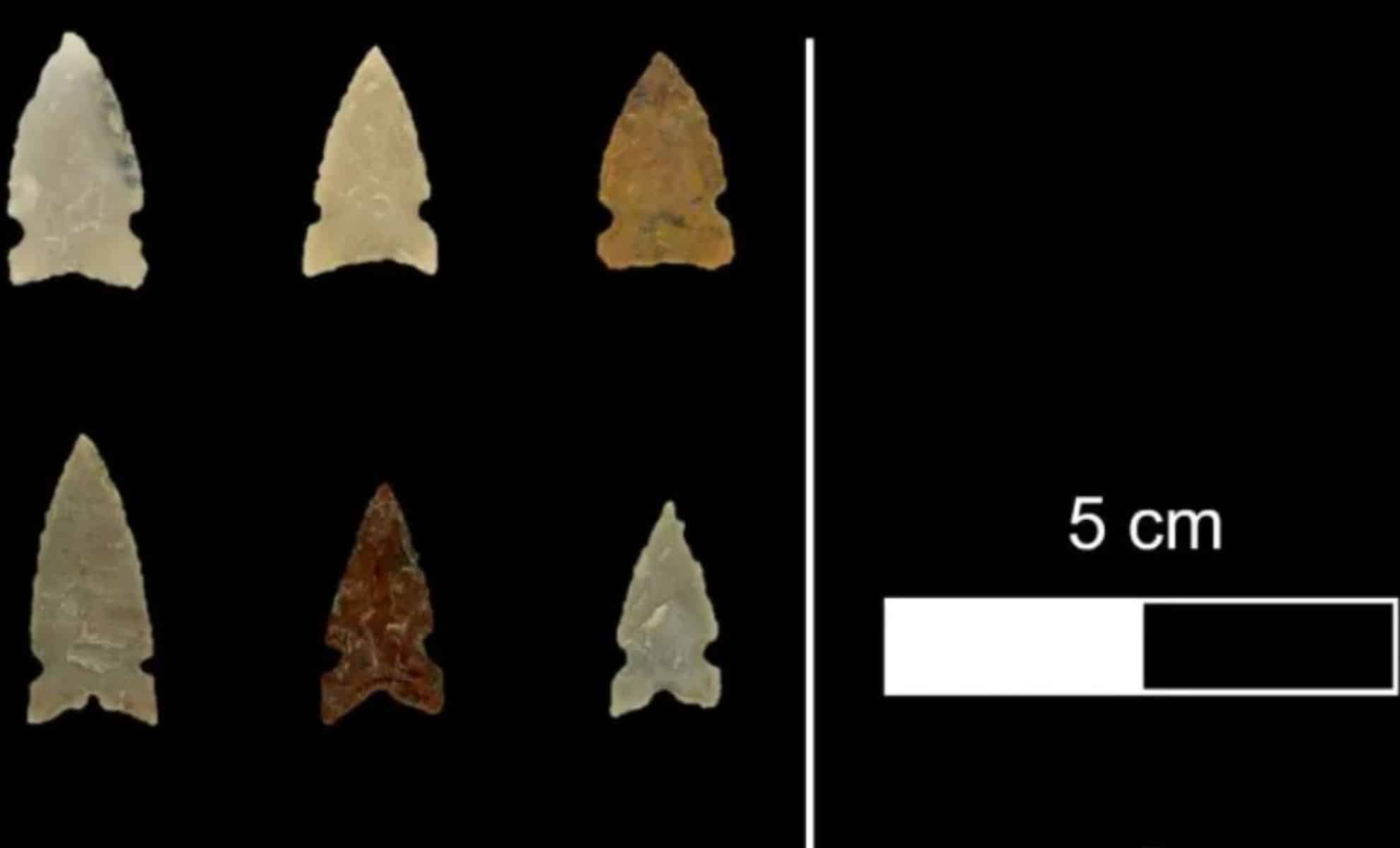Quick Summary
Archaeologists have revisited the River Bend site in Casper, Wyoming, uncovering over 5,000 artifacts that provide a unique glimpse into the indigenous adornment practices of Native American cultures in the early 1700s. The site, which was initially excavated in the 1970s, has yielded a diverse array of artifacts, including materials made from bone, stone, metal, shell, and antler. These findings shed new light on the intersection of indigenous craftsmanship and European influences, highlighting the complex interplay between different Native American cultures during the early contact period. The artifacts suggest that the River Bend inhabitants were involved in long-distance trade, and the introduction of metal tools transformed the production of beadwork, facilitating the increased use of shells in personal adornment. The discovery provides valuable insights into the social structures, cultural identity, and daily lives of Native American communities during this pivotal time in history.
Archaeologists Uncover Fascinating Insights into Early Native American Adornment at Wyoming’s River Bend Site!
